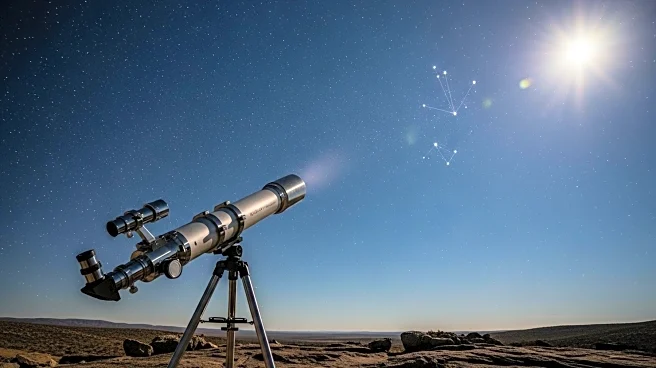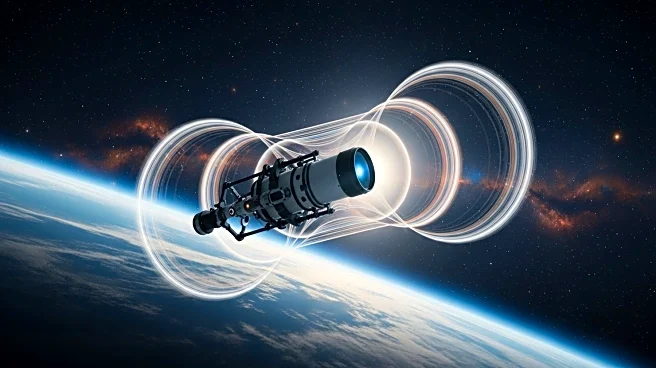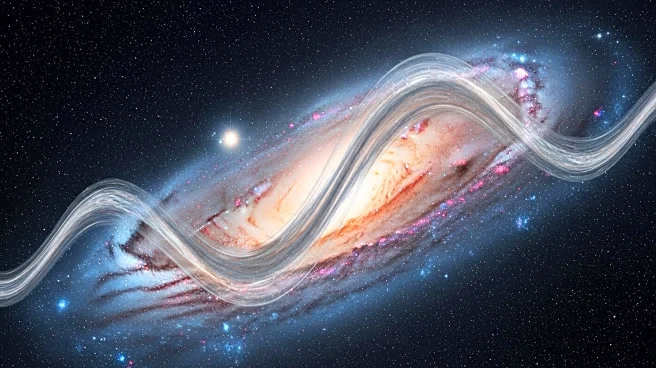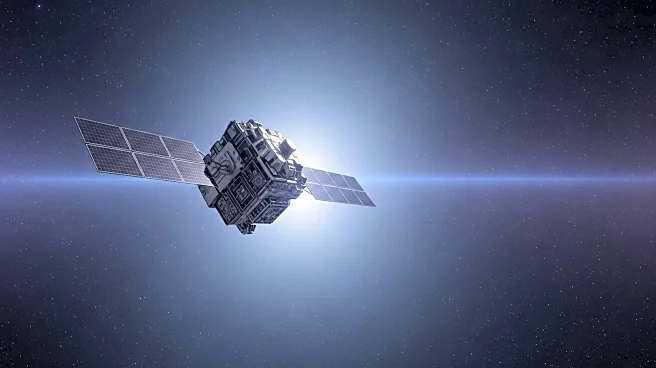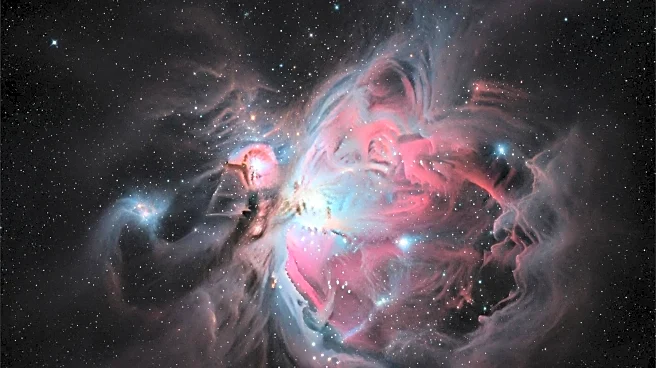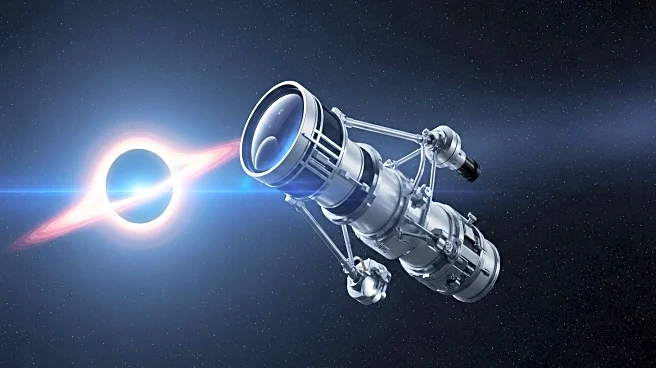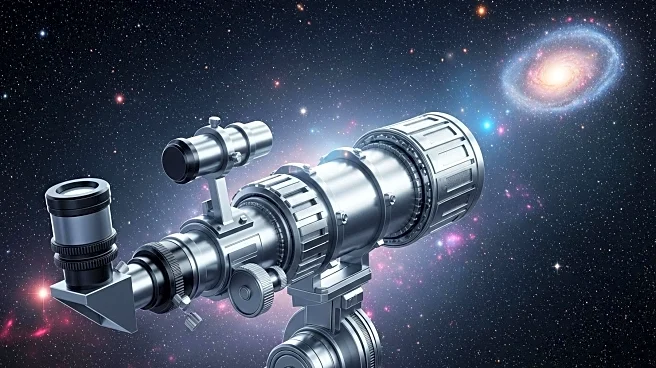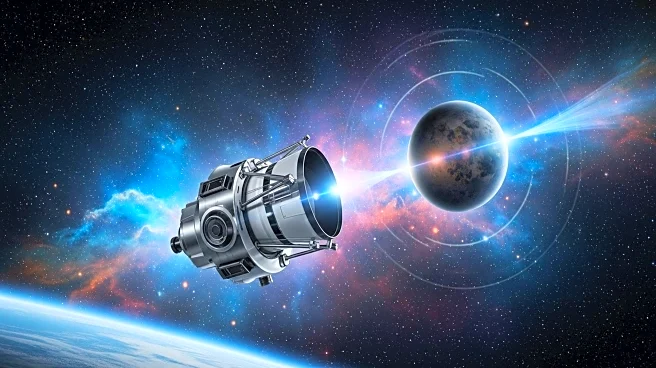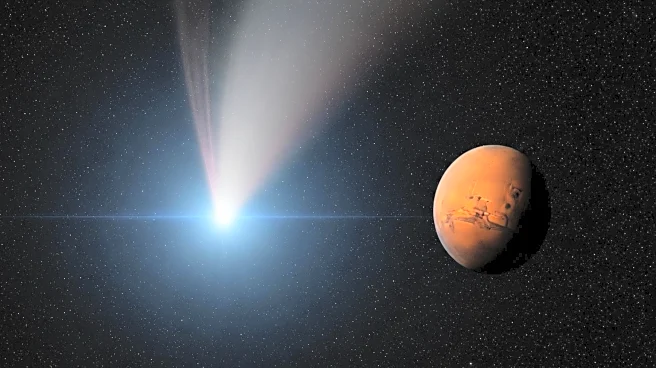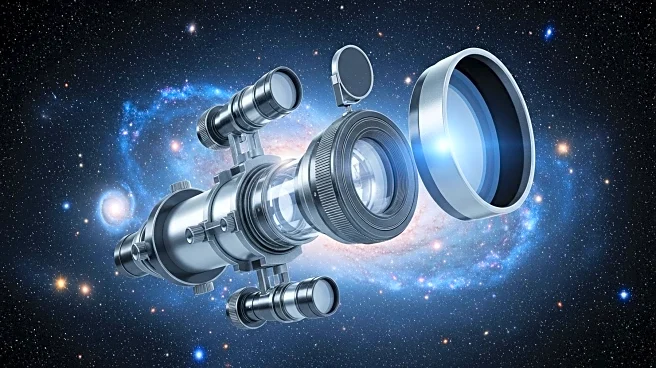What's Happening?
An exploration into the contents of deep space reveals that it is far from empty, containing neutrinos, gas atoms, dust particles, and photons. Neutrinos, nearly massless particles, are abundant, originating from stellar cores and nuclear reactions. Gas atoms, primarily hydrogen and helium, are present in varying densities, while dust particles are rare. Photons from stars and galaxies traverse space, contributing to the visibility of celestial bodies. Additionally, quantum physics suggests the presence of virtual particles, which appear and annihilate in pairs, adding complexity to the concept of a vacuum.
Why It's Important?
Understanding the composition of deep space is crucial for astrophysics and cosmology, as it informs theories about the universe's structure and evolution. The presence of neutrinos and virtual particles challenges traditional notions of emptiness, highlighting the dynamic nature of space. This knowledge aids in the development of models for cosmic phenomena and supports the search for extraterrestrial life by providing context for the environments in which stars and planets form.
Beyond the Headlines
The study of deep space composition has implications for quantum physics, offering insights into fundamental principles like the Heisenberg uncertainty principle. The presence of virtual particles raises questions about the nature of reality and the limits of observation, contributing to philosophical discussions about the universe.

